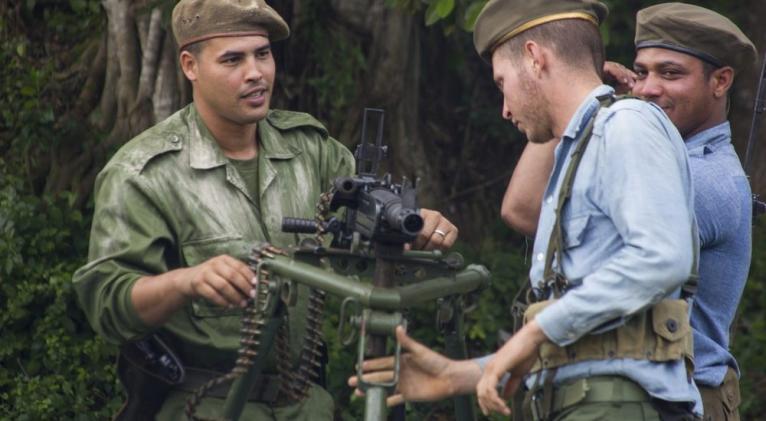CRITICAL ZONE: Narrating History
especiales

History is the greatest men’s narrative. The narration par excellence, in fact. And art is, to a large extent, the reconstruction of that evolution. There are thousand ways to tell the story, and mass media (which are, or should be art and information) have that discipline as extraordinary field for communication, socialization…and source of inspiration.
We are not going to insist on the importance of knowledge of history. We focus on what mass media do, which is quite a lot, and what they must do, which is a lot, in what some people call teaching history and others, its communication and promotion.
We do not believe that spaces for such promotion are not enough. If we take a look to the TV programming, radio broadcasting, websites, we will find a marked interest in teaching both the national and universal history. Certainly, there is a timing, there are processes, contexts…some better addressed than others, but there are spaces to do it.
The problem lies on the ways to address history. And for mainstream media, we are not talking now about an academic or specialized fields. The best way to embrace history is by telling it.
Well-versed lectures, televised courses can be certainly useful (much more useful if well televised), but they are not the ideal proposal for the audiovisual world. Neither generally speaking find substantial treaties and essays proper conditions in newspapers, journals, or news websites on Internet.
But mass media have their own tools. That is, ways to socialize contents, formats. In radio and television, without tarnishing specialized programs and documentaries, dramatized programs prevail. They are the most effective ones and the ones with greater impact on audience. And here are some examples: soap operas, television series, films that have approached events and process of the national history resulting in a growing interest of the audience.
The problem lies on the details while addressing the issue, its truth, and the quality of the production. And that is a multidisciplinary debate involving historians, institutions, and organizations gathering all of them as well as the artists, journalists, and media where they perform.
The consensus is rooted in the attractiveness of history, told in so many different ways; and the need to narrate it with rigor, coherence and great aesthetics. Historians, artists, and journalists have a common agenda there.
Translated by Sergio A. Paneque Díaz / CubaSí Translation Staff














Add new comment